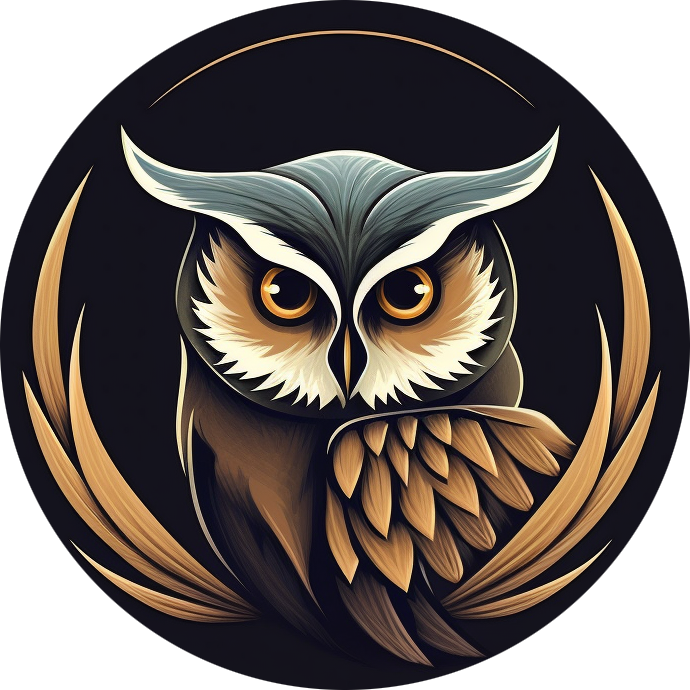Great horned owls do not build nests, they occupy existing nests such as eagle, hawk or even squirrel. They may also nest in a large nest cavity. There are cases of them nesting in large flower pots or in a tire (mounted to a tree).
Great horned owls typically lay 2 eggs, the clutch sex ratio is typically 50/50 male/female.
Not all owls are nocturnal. Of the approximately 260 species of owls worldwide, about 60% are nocturnal. Of the remaining 40% - they are either diurnal (active during the day) or crepuscular (active at dawn and dusk).
It is a myth that owls can turn their head all away around. Instead they can turn their head up to 270 degrees each direction.
The tufts you see on some owls such as the Great Horned Owl are not horns, nor are they ears. The ears are instead found on the sides of the head. In some owls such as the Great Horned Owl and the Eastern Screech Owl these ear openings are at the same level on both sizes (symmetrical). The ear openings of most owls are at slightly different levels to each other (asymmetrical).
The facial disc of an owl collects sound and directs it to their ears. How many feathers does an owl’s facial disc have? A female Great Horned Owl has approximately 12, 230 facial disc feathers. How is this known? David Johnson (of Global Owl Project) and a team of volunteers spent 46 hours counting the disc feathers of a dead female Great Horned Owl in 2017. [1]
One of the reasons why the owls’s flight is so silent is due to the feather structure of their flight feathers - they are specialized. They have a comb like edge (seen in picture). The airflow is dissipated, causing a muffled effect. Not all owl species are silent in flight. - Personal story: It was during the summer and the (injured/captive) Barred Owls at CBEC were more active than usual. I was in their enclosure to feed them. There was one perched on a branch behind me. I leaned over to place a mouse on the feeding spot. I was listening for flight in case I needed to duck down farther. After placing the mouse I stood up and looked behind me. The owl was not where it was a moment ago, it had flown over my head - I did not hear a thing and I was listening for it!
Owls have zygodactyl feet which means they have two toes pointing forward and two pointing backward, but can move one of the backward toes forward as needed. Woodpeckers and Osprey also have zygodactyl feet.
[1] Sieradzki, A. (2022) Designed for Darkness: The Unique Physiology and Anatomy of Owls, DOI: http://dx.doi.org/10.5772/intechopen.102397

